My task is to detect an object in a given image using OpenCV (I do not care whether it is the Python or C++ implementation). The object, shown below in three examples, is a black rectangle with five white rectagles within. All dimensions are known.
However, the rotation, scale, distance, perspective, lighting conditions, camera focus/lens, and background of the image are not known. The edge of the black rectangle is not guaranteed to be fully visible, however there will not be anything in front of the five white rectangles ever - they will always be fully visible. The end goal is to be able to detect the presence of this object within an image, and rotate, scale, and crop to show the object with the perspective removed. I am fairly confident that I can adjust the image to crop to just the object, given its four corners. However I am not so confident that I can reliably find those four corners. In ambiguous cases, not finding the object is preferred to misidentifying some other feature of the image as the object.
Using OpenCV I have come up with the following methods, however I feel I might be missing something obvious. Are there any more methods available, or is one of these the optimal solution?
Edge based outline
First idea was to look for the outside edge of the object.
Using Canny edge detection (after scaling to known size, grayscaling and gaussian blurring), finding a contour which best matches the outer shape of the object. This deals with perspective, colour, size issues, but fails when there is a complicated background for example, or if there is something of similar shape to the object elsewhere in the image. Maybe this could be improved by a better set of rules for finding the correct contour - perhaps involving the five white rectangles as well as the outer edge.
Feature detection
The next idea was to match to a known template using feature detecting.
Using ORB feature detecting, descriptor matching and homography (from this tutorial) fails, I believe because the features it is detecting are very similar to other features within the object (lots of coreners which are precisely one-quarter white and three-quarters black). However, I do like the idea of matching to a known template - this idea makes sense to me. I suppose though that because the object is quite basic geometrically, it's likely to find a lot of false positives in the feature matching step.
Parallel Lines
Using Houghlines or HoughLinesP, looking for evenly spaced parallel lines. Have just started down this road so need to investigate the best methods for thresholding etc. While it looks messy for images with complex backgrounds, I think it may work well as I can rely on the fact that the white rectangles within the black object should always be high contrast, giving a good indication of where the lines are.
'Barcode Scan'
My final idea is to scan the image by line, looking for the white to black pattern.
I have not started this method, but the idea is to take a strip of the image (at some angle), convert to HSV colour space, and look for the regular black-to-white pattern appearing five times sequentially in the Value column. This idea sounds promising to me, as I believe it should ignore many of the unknown variables.
Thoughts
I have looked at a number of OpenCV tutorials, as well as SO questions such as this one, however because my object is quite geometrically simple I am having issues implementing the ideas given.
I feel like this is an achievable task, however my struggle is knowing which method to pursue further. I have experimented with the first two ideas quite a bit, and while I haven't achieved anything very reliable, maybe there is something I am missing. Is there a standard way of achieving this task which I have not thought of, or is one of my suggested methods the most sensible?
EDIT: Once the corners are found using one of the above methods (or some other method), I am thinking of using Hu Moments or OpenCV's matchShapes() function to remove any false positives.
EDIT2: Added some more input image examples as requested by @Timo





